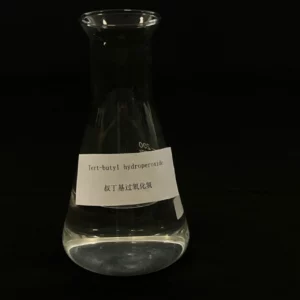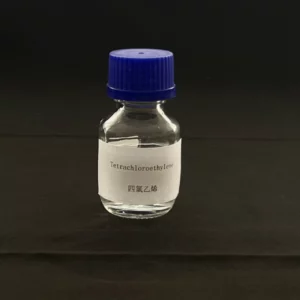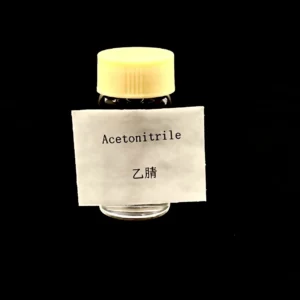ácido acético, a colorless organic compound with a pungent odor, is widely used in various industries, including food, bebida, farmacéutico, y fabricación de productos químicos. It is primarily produced through the fermentation of ethanol or sugars by acetic acid bacteria. While dilute acetic acid solutions, such as vinegar, are generally considered safe for household use, concentrated acetic acid and certain fermentation products can pose significant hazards to human health and the environment. Is dilute ácido acético peligroso? Join us as we delve into the potential hazards associated with dilute acetic acid fermentation products and explore the measures necessary for safe handling and disposal.
Delving into the Hazards of Dilute Acetic Acid Fermentation Products

The hazards associated with dilute acetic acid fermentation products primarily stem from their inherent chemical properties:
- Corrosiveness: Acetic acid is a corrosive substance that can cause severe burns and tissue damage upon contact with skin or eyes. Inhalation of concentrated acetic acid vapors can irritate the respiratory tract, leading to coughing, choking, and difficulty breathing.
- Toxicidad: Ingestion of concentrated acetic acid can cause severe gastrointestinal distress, including nausea, vómitos, abdominal pain, and internal bleeding. It can also lead to systemic toxicity, affecting the kidneys, liver, y sistema nervioso central.
- Inflamabilidad: Acetic acid is flammable and can release flammable vapors when heated. En presencia de una fuente de ignición, como una chispa o una llama abierta, estos vapores pueden encenderse, provocando un incendio o una explosión.
Exploring the Safe Handling and Disposal of Dilute Acetic Acid Fermentation Products
To minimize the risks associated with dilute acetic acid fermentation products, proper handling and disposal practices are crucial:
- Equipo de protección personal (EPI): When handling concentrated acetic acid or its fermentation products, wear appropriate PPE, incluyendo guantes, protección para los ojos, y protección respiratoria, to prevent direct contact with the substance.
- Ventilación: Ensure adequate ventilation in areas where acetic acid is handled or stored to prevent the buildup of toxic vapors.
- Almacenamiento: Store concentrated acetic acid and its fermentation products in tightly sealed containers, lejos de fuentes de calor y materiales incompatibles.
- Desecho: Dilute acetic acid solutions, such as vinegar, can be safely disposed of down the drain with plenty of water. Sin embargo, concentrated acetic acid and its fermentation byproducts should be disposed of as hazardous waste in accordance with local regulations.
Understanding the Regulations Governing Dilute Acetic Acid Fermentation Products
Various regulations govern the handling, almacenamiento, and disposal of acetic acid and its fermentation products:
- Occupational Safety and Health Administration (OSHA): OSHA sets standards for workplace safety, including guidelines for handling hazardous chemicals like acetic acid.
- Environmental Protection Agency (EPA): The EPA regulates the disposal of hazardous waste, including acetic acid and its fermentation products.
- Local Regulations: Local jurisdictions may have additional regulations regarding the handling and disposal of hazardous substances, including acetic acid.

.webp)



